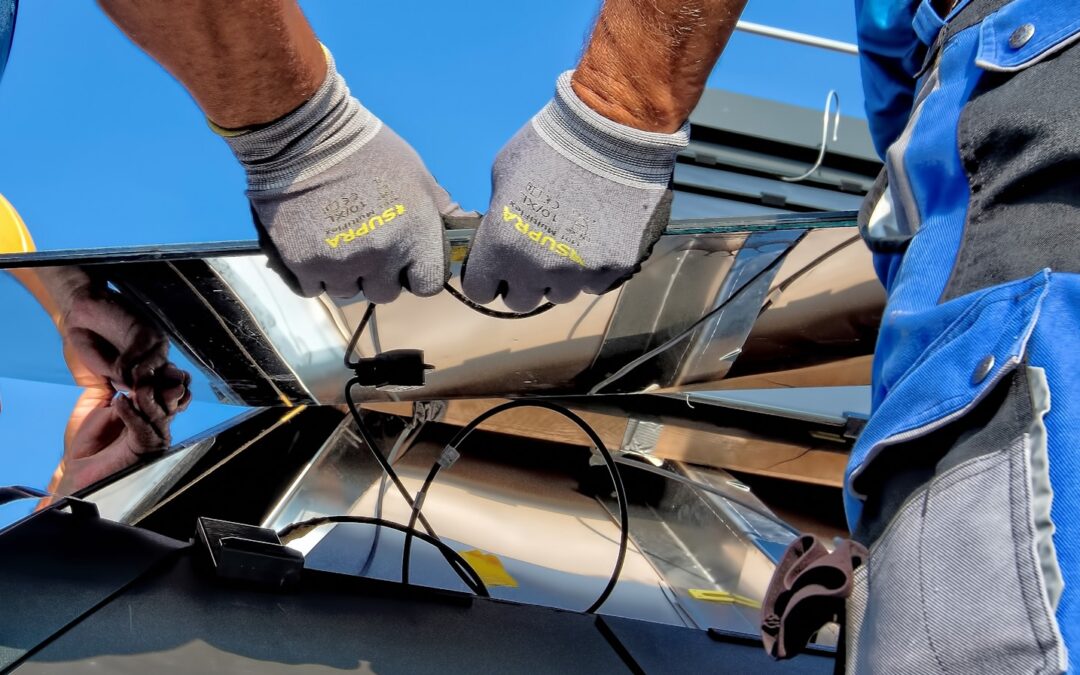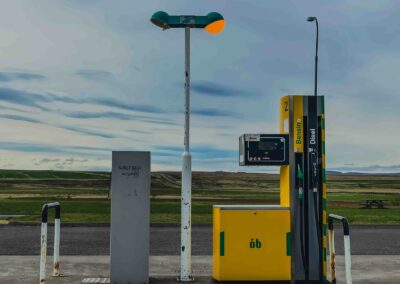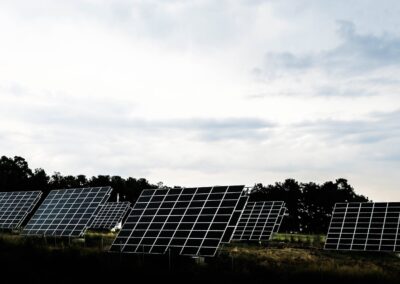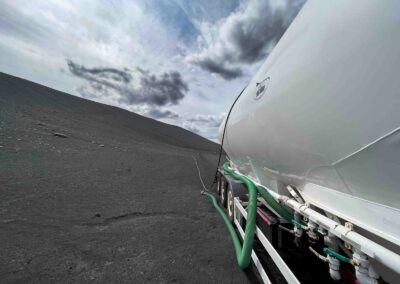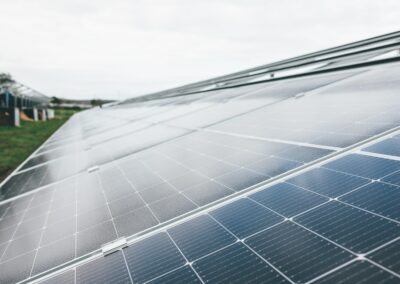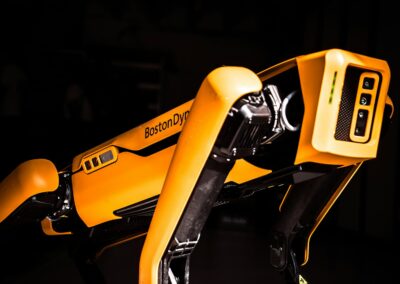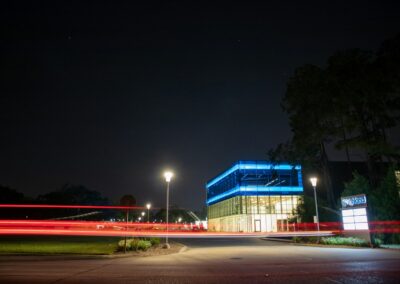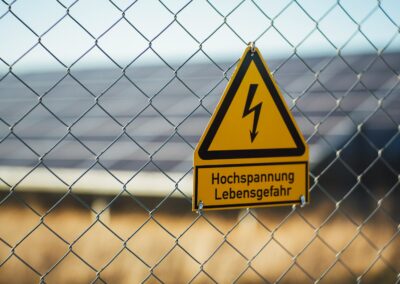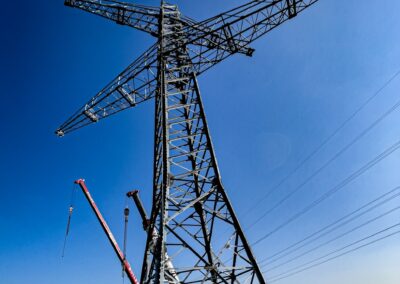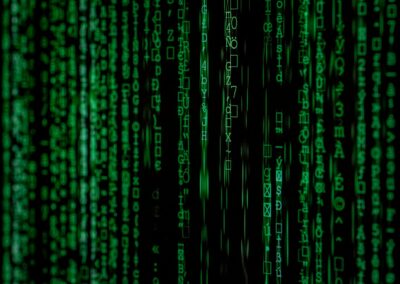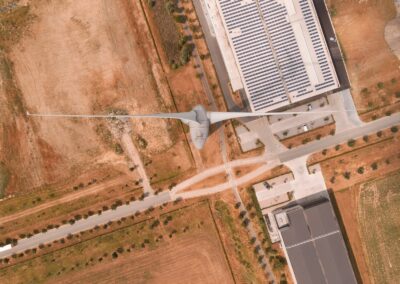Reducing Risks and Costs with Advanced Digital Twin Technology
Introduction to Digital Twins in Energy Infrastructure Planning
Digital twins in energy infrastructure planning have revolutionized the way projects are designed and managed. By creating virtual replicas of physical assets, digital twins enable real-time data analysis and simulations, which significantly enhance the planning and execution of energy infrastructure projects. This advanced technology helps in reducing the risks of delays and cost overruns, ensuring that projects are completed on time and within budget.
In regions like Saudi Arabia and the UAE, where energy is a critical sector, the implementation of digital twin technology is transforming project management strategies. In Riyadh, for example, energy companies are utilizing digital twins to optimize the design and planning of large-scale projects. This proactive approach not only improves project outcomes but also enhances operational efficiency. By simulating various scenarios and predicting potential issues, companies can make informed decisions that minimize risks and maximize returns.
Dubai, with its ambitious smart city initiatives, is also at the forefront of adopting digital twins for energy infrastructure planning. The city’s energy sector benefits from real-time data insights, which allow for precise planning and resource allocation. This not only improves the reliability of the energy supply but also aligns with Dubai’s sustainability goals by minimizing waste and reducing carbon emissions.
Challenges in Implementing Digital Twins for Energy Projects
Despite the clear benefits, the implementation of digital twins for energy infrastructure planning faces several challenges. One significant hurdle is the integration of vast amounts of data from various sources. Digital twins rely on continuous data streams from sensors and IoT devices, which can be complex to manage and analyze. Ensuring data accuracy and consistency is crucial to maximizing the benefits of this technology.
In Saudi Arabia, where large-scale energy projects are prevalent, managing this data effectively is essential. Energy companies in Riyadh are investing in advanced data analytics and management tools to handle the integration of digital twins. However, the complexity of these systems requires skilled professionals who can interpret the data and translate it into actionable insights. Continuous training and development are crucial to maintaining the effectiveness of digital twin implementations.
Another challenge is the high initial cost associated with deploying digital twin technology. The installation of sensors, IoT devices, and the development of sophisticated digital models require substantial investment. In Dubai, energy companies are exploring various funding options and partnerships to support the implementation of digital twins. Government initiatives and incentives play a significant role in facilitating the adoption of this technology, ensuring that the long-term benefits outweigh the initial costs.
Solutions for Effective Integration of Digital Twins in Energy Projects
To overcome these challenges, several solutions are being implemented. One key strategy is the adoption of scalable and flexible digital twin platforms that can integrate with existing systems. These platforms enable seamless data integration and provide a unified view of the energy infrastructure, making it easier to monitor and analyze performance metrics. In Saudi Arabia, the use of such platforms is becoming increasingly popular, helping companies in Riyadh enhance their project planning capabilities.
Another solution is the development of standardized protocols and data formats to ensure interoperability between different systems. By establishing common standards, the energy sector can facilitate better data exchange and integration, enabling more efficient use of digital twin technology. In Dubai, industry stakeholders are collaborating to create these standards, recognizing the importance of interoperability for successful technology adoption.
Investing in advanced training and development programs is also crucial. By equipping professionals with the necessary skills to manage and analyze digital twin data, companies can maximize the benefits of this technology. In the UAE, energy firms are partnering with educational institutions and technology providers to offer specialized training programs, ensuring that their workforce is well-prepared to handle the complexities of digital twin integration.
The Future of Digital Twins in Energy Infrastructure Planning
The future of energy infrastructure planning lies in the successful integration of digital twin technology. As these technologies continue to evolve, their combined capabilities will revolutionize project planning and execution, making them more efficient and effective. In regions like Saudi Arabia and the UAE, where energy is a critical driver of economic growth, embracing these innovations will be essential for maintaining a competitive edge in the global energy market.
Riyadh’s energy sector is set to benefit significantly from ongoing advancements in digital twin technology. By leveraging these tools, energy companies can enhance the efficiency and reliability of their systems, ensuring a stable and sustainable energy supply. The integration of digital twins will also enable more proactive planning strategies, reducing delays and operational costs.
In Dubai, the focus on smart city initiatives and sustainable development will further drive the adoption of digital twin technology. The city’s ambitious energy goals, including the reduction of carbon emissions and the promotion of renewable energy sources, will rely heavily on digital twins to achieve success. By staying at the forefront of digital twin integration, Dubai will continue to lead the way in energy innovation and sustainability.
Conclusion
Digital twins in energy infrastructure planning present both challenges and opportunities for the energy sector. By addressing the obstacles of data management, integration costs, and skill development, energy companies can harness the full potential of these technologies. In regions like Saudi Arabia and the UAE, where energy is a key driver of economic growth, embracing digital twin technology will be essential for achieving better performance, efficiency, and sustainability in energy infrastructure management.
—
#DigitalTwins #EnergyInfrastructure #ProjectPlanning #SmartEnergy #DataDrivenDecisions #SaudiArabiaEnergy #UAEEnergy #RiyadhTechnology #DubaiEnergy #AIinEnergy #SustainableEnergy

